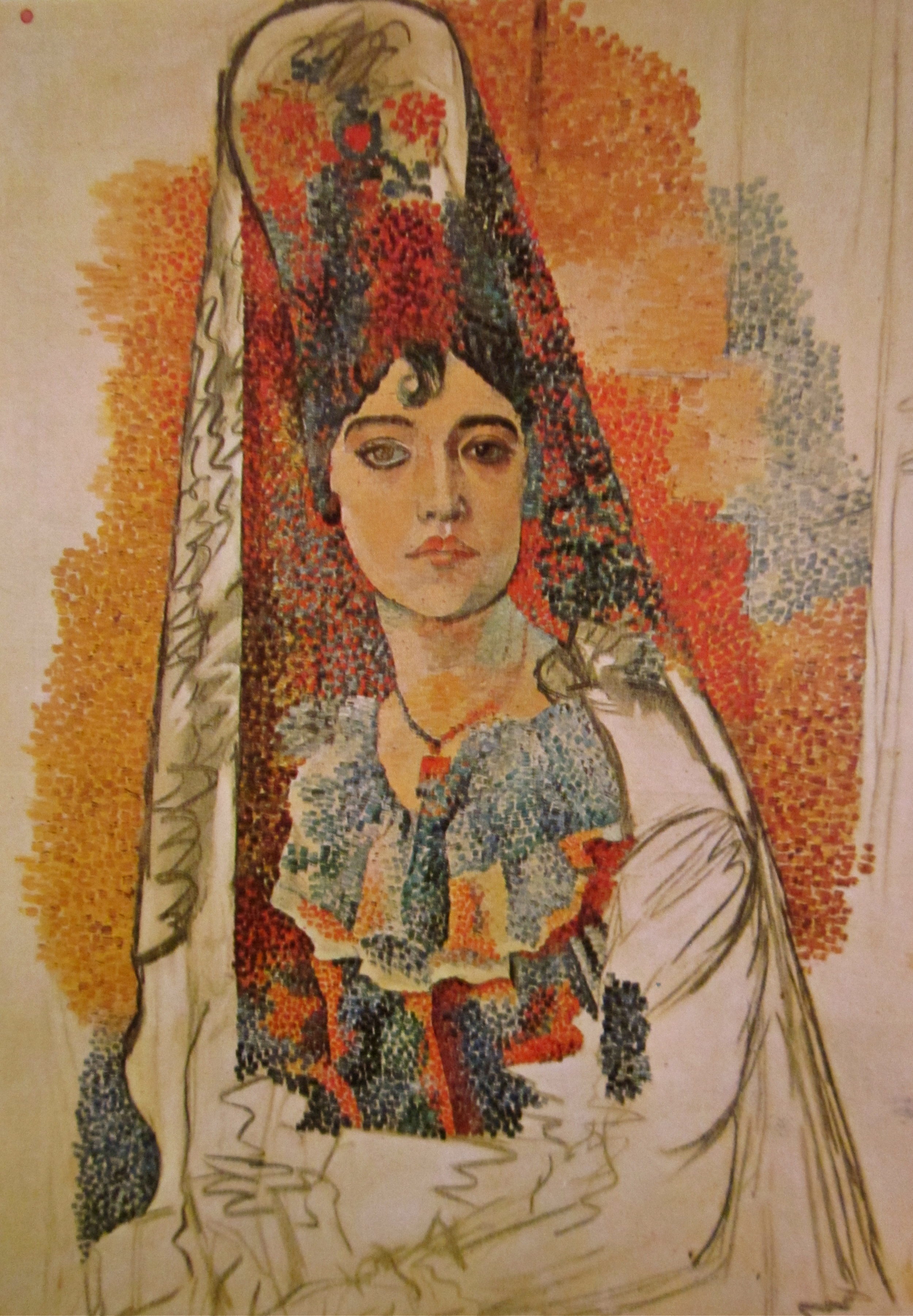Full Fathom Five (detail), 1947 Jackson Pollock — New York, USA
When Sigmund Freud started writing and teaching about the importance of exploring memory and the unconscious mind, he intended to revolutionize the medical world, not the art world.
But, his radical (for the time) ideas ended up having a profound impact on all types of artists spurring and feeding movements like Surrealism, Abstract Expressionism and the Automatiste Revolution.
Surrealism existed principally in the 1920s and artists produced works that tapped into humanity’s most fundamental dreams and desires. The art of this movement tends to either look like disturbing hallucinations or complete abstraction.
Abstract Expressionism was a movement in the United States in the 1940s that produced ‘rebellious’ work that was meant to be a statement on the freedom of the individual artist to create paintings that reflected their moods and feelings.
The Automatiste movement existed mostly in Quebec, Canada in the 1940s-50s and produced work focused on creating solely with the subconscious mind.
Personages in the Night (detail), 1950 Joan Miro, Spain
What all of these movements have in common is that they explore the ‘automatic’ creation of art which involves suppressing conscious control and letting the subconscious take over (ex. the doodles that you do while chatting on the phone). This idea was applied to painting, drawing, dance and even writing.
Art from these movements tends to be extremely personal and often evokes strong emotions or has a blurred, intimate, dream-like quality.



